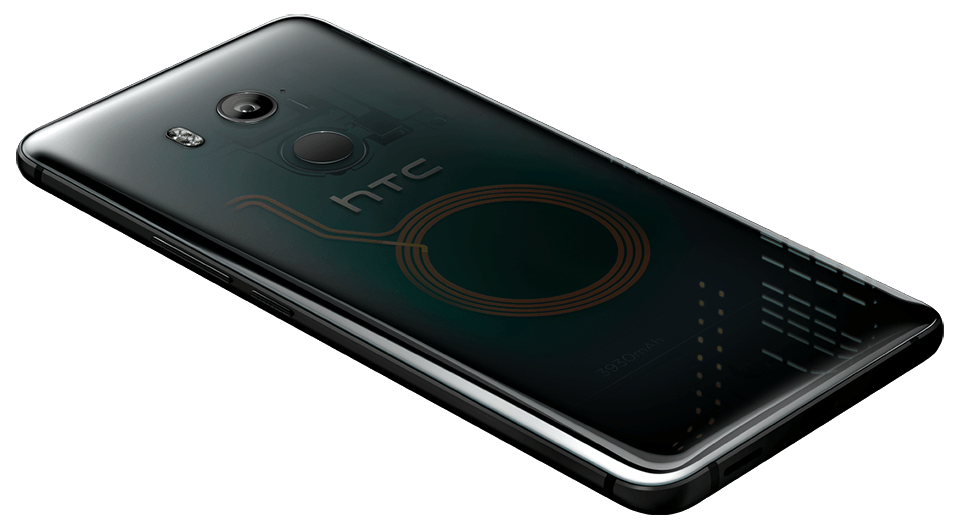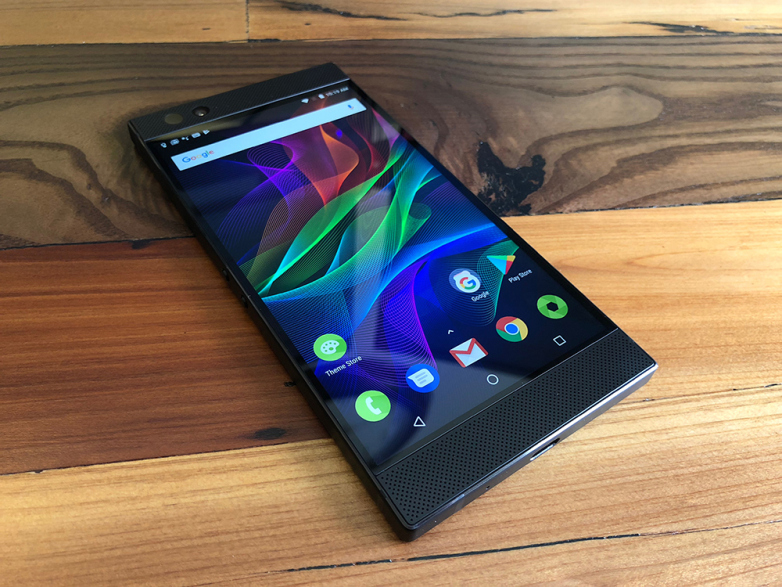Over the past week, Razer and HTC have both shown off their newest smartphones and, surprisingly, both have very large batteries. Smartphone enthusiasts have wanted phones to include larger batteries for years, even if the phones will end up being a bit thicker. With the HTC U11+ and the Razer Phone, these companies have listened to smartphone enthusiasts have done just that.
The HTC U11 that was released earlier this year did not sell very well, which is similar to many HTC phones lately; however, it was a good device. Its glass back has unique color options that change based on the angle of lighting. It has dual speakers, one on the front and one on the bottom, that featured HTC’s “BoomSound” branding. It has a good camera, a front-facing speaker, and a fairly normal sized battery for a flagship at 3000 mAh. Even with this size, it was considered to have very good battery life. The U11 was also the first phone with the ability to squeeze the phone to trigger actions, called Edge Sense.
HTC continued many of these things with their new U11+. As with the U11, it does not feature a headphone jack, but it does feature Edge Sense. It has a unique color option, with a back that is slightly transparent. The phone does not have a front facing fingerprint scanner or a 16:9 aspect ratio; instead, an 18:9 small bezel screen and a rear fingerprint scanner take their places. The speakers are 25% louder but are in the same places. The other main difference between the two is battery size: the U11 features a large 3,930 mAh battery. It also has a Snapdragon 835 and 6 GB of RAM.

There is one glaring downside to this phone though. It is not available in the United States. At all. HTC has decided to focus its efforts with this device on other markets, where they think it may be able to do better. They still have large troubles as a company, with a recent report showing that their revenue dropped 25% year over year. This move is likely an attempt to stop the bleeding, as their U.S. presence is so small. American customers who really want one will be able to import one, but that is always an annoyance and a hassle. It also costs about $900, which, in my opinion, is overpriced.
While the U11+ is simply a larger version of its sibling, the Razer Phone is a whole different animal. Razer is a gaming company best known for its computer peripherals such as keyboards, mice, and mousepads. Razer also makes high-end laptops, including gaming models and an Ultrabook, a rival to the MacBook Pro in the quality of its all-aluminum construction. Early this year, Razer purchased Nextbit, who made a stock Android phone on Kickstarter a couple years ago called the Robin. The Nextbit Robin had a unique design, a reasonable price, and an automatic cloud storage feature which Google eventually implemented into Android itself. With this purchase, it was assumed Razer would then venture into the smartphone market. With the Razer phone, they have done just that.

The Razer Phone is being marketed as a phone “for gamers.” This could mean someone who likes to play games on their phone or a gamer who just likes enthusiast hardware. Everything about this phone was engineered to enhance gaming. It has a much more industrial design than most smartphones do today, which I quite like due to its uniqueness. The screen is a 120Hz display, which means it refreshes twice as fast to make everything ultra-smooth. It also dynamically changes the refresh rate, similar to G-SYNC and FreeSync in desktop monitors. It has larger bezels than you might be used to on a device made in 2017, but this is purposeful. It has two separately amped front-facing speakers that early testers have called the best speakers ever put in a smartphone. It also has a 4000 mAh battery to power the device for hours. It also features impressive raw specs, including a Snapdragon 835 and 8 GB of RAM, and a fingerprint scanner on the side, in the power button.
While Razer may be marketing this phone for gamers, I don’t think that is all it’s good for. Many of these features are not just great for gaming, but for the average smartphone user. The 120Hz display makes everyday scrolling and navigation around the device extremely smooth. The large speakers will be appreciated by those who often watch videos or listen to music on their phone. The large battery will be appreciated by every user out there. It also has a fairly decent dual camera setup, with one wide angle and one zoom lens. Best of all, it packs a fairly reasonable price, considering the price of most flagships this year, at $700.
Overall, I am very impressed by what Razer has shown off with their first smartphone, and I am very excited to see reviews to see how well the device is performing in real-world use. It’s close to my dream phone based on the spec sheet, even though I never play phone games. Most importantly, Razer has added something unique to the smartphone world with this device and has given consumers another compelling option from a new company to the industry. Watch out for the launch of the Razer phone on Nov. 17.
Be First to Comment